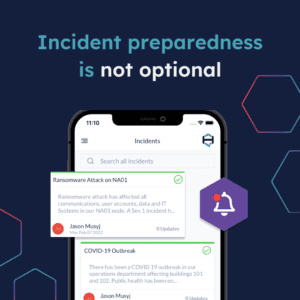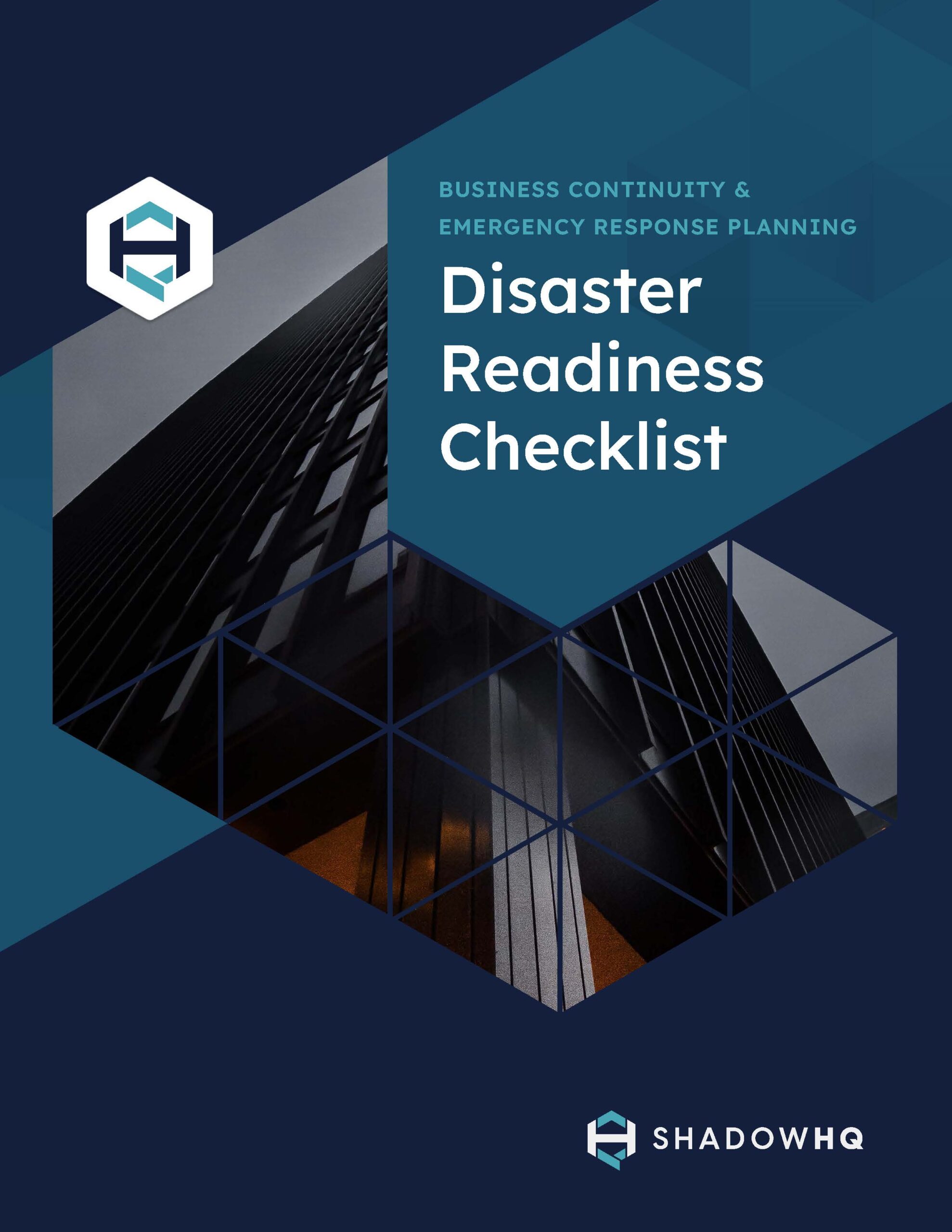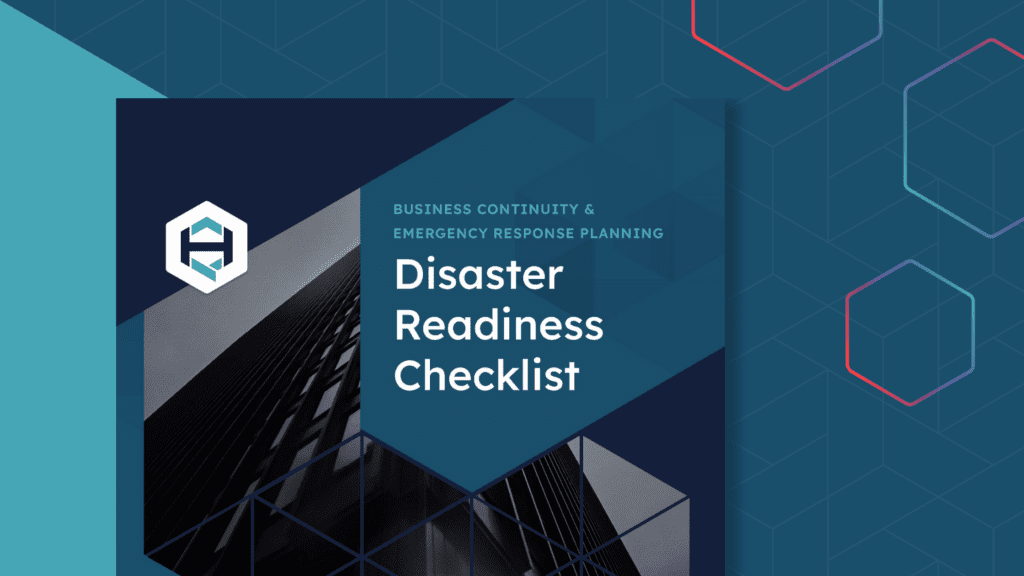It’s 2AM – Do You Know Where Your Incident Response Playbooks Are?

The news used to give nightly reminders like, “It’s 10 PM; do you know where your children are?” to remind viewers to check on them.
Now, we can apply this general idea to enterprises to be aware of the location and relevance of incident response playbooks. Just like knowing what your children are doing helps keep them safe, knowing the status of your incident response playbooks keeps your company safe.
Incident preparedness is not optional. Without it, teams and leaders try to come up with solutions to crises as they occur. Considering the stress of these situations, it can be easy to make the wrong decision, extending downtime and the total impact of the incident.
Having a robust playbook and knowing how to access it is crucial. Read on as we break down why always knowing how to find your playbooks and having confidence in their relevance is mission critical.
Cyber Threats Do Not Stay Within Work Hours
Threats can occur at any given moment and might not occur while you’re in the office and ready to go. In many cases attackers wait to strike until after business hours, at which point they can likely achieve maximum damage.
Of course, natural disasters can also strike at any moment, and not all of them will have advanced warning. While you might have some warning about hurricanes or blizzards, earthquakes never give you a warning.
It’s common for enterprises to store these playbooks on internal systems and on-premise binders. While these locations are certainly worthwhile, having off-site redundancy that allows for secure access by any necessary parties is crucial.
All stakeholders and response teams should immediately know how to access incident response playbooks to respond to the crisis and ensure business continuity. Even the best playbooks become meaningless if you can’t or don’t know how to access them.
 The Top Challenges of Incident Response Playbook Management
The Top Challenges of Incident Response Playbook Management
CISOs often understand the importance of frequent updates, but making those updates is a burden when documents live in different locations, digitally and physically.
We’ll break down a few of these core benefits to help demonstrate why accessing them wherever you are is crucial.
Classifying Incidents Ahead of Time
Coming up with solutions on the fly extends the duration of business-affecting incidents, and those solutions may fall short. A response playbook considers possible scenarios and how to respond and solve them ahead of time. This requirement is also often necessary for cyber security insurance.
Every incident varies and teams will need to investigate everything from the benign to the severe. Classifying events into broader categories to guide these responses, leaving granular steps up to the teams based on the incident, goes far in enabling faster responses.
While the specific scenario may vary from the playbook, in reality, even having rough guidelines to follow that can be modified situationally can go far in minimizing the impact of the incident. Even if you encounter something unique, playbooks typically include overarching best practices that will still be valuable.
Establishing Communication Protocols and Backup Plans
Communication methods going down should be expected for several possible scenarios, including cyber incidents, natural disasters, or even issues with your provider.
Creating protocols and backup methods for communicating can go far in keeping everyone on the same page to help resolve the issue as quickly as possible. It’s exceedingly difficult to recover from incidents to get your business back up and running without readily available communication tools.
Relying on communication and documentation systems used in “peacetime” can create even more issues during an active incident. For example, Slack, Teams, and Google Docs are excellent for normal operations — but what if they become unavailable or compromised?
Having established backup tools goes far in enabling rapid responses.
Ensuring Business Continuity
Arguably, the biggest benefit of incident response playbooks is ensuring business continuity. Resolving the incident before it affects the business is the primary goal, with the secondary mission being to restore critical services to allow the business to function.
Having playbooks easily accessible and updated helps respond to issues shortly after they occur. Your teams will have a step-by-step guide on rapidly restoring services and ensuring business continuity.
Additionally, playbooks and communications must be protected from attackers — otherwise they’ll know your every move ahead of time. Having out-of-band security is critical to preventing malicious actors from knowing what you’re doing so you can effectively resolve incidents.
Best Practices for Incident Response Playbooks
Knowing where and how to find your incident response playbooks is only half of the equation. Having playbooks should follow a few key best practices to ensure they’re a valuable asset in responding to business-impacting incidents and malicious threat actors.
- Follow the playbooks during incidents: A playbook that isn’t being followed may as well not exist. The CISO, managers, and personnel should all adhere to the foundational best practice of following incident response playbooks during a crisis. You may encounter a scenario that isn’t described in the playbook, but other elements can still be highly valuable — such as overarching communication protocols. Additionally, playbooks should be accessible but stored securely.
- Post-incident reviews for implementing changes: Once resolved, post-incident review aims to accomplish several goals that may result in corrective action to specific systems or infrastructure. This review phase should also evaluate the playbook’s effectiveness and make any necessary changes so it’s more useful in the next crisis. You’ll also be able to level up table top exercises thanks to the insights gained from incident response scenarios.
- Automate and streamline disparate processes: Call trees depend on a series of individual calls, creating inefficiencies and issues throughout these efforts. Additionally, saving documents in different locations can result in outdated information being used in different areas. Instead, improve your speed to respond with centralized plans and minimize damage.
Backup Your Playbooks with ShadowHQ
Imagine you wake up in the middle of the night to a system alert or call from an IT admin. Critical systems are down due to a cyber attack and need a stakeholder to decide how to proceed. Ask yourself:
- Do you know how to access the playbook from your bedroom?
- Can you give playbook access to the IT admin?
- Can you lead the response remotely while you head into the office?
Having readily available incident response playbooks is mission critical. ShadowHQ provides a secure command center to help you ensure crisis communication and store incident response playbooks so your teams are ready for any scenario. It’s as easy as grabbing your phone off of your nightstand and logging into the ShadowHQ app — putting your response in the palm of your hand.
Our cloud-based command center gives you access to the plans your teams prepared, so you don’t need to come up with solutions when you need them — they’re ready and waiting in your playbooks and provide out-of-band security.
Should you have a secure, redundant backup to ensure everyone involved can access the latest playbooks the second it’s required? Book a demo with one of our incident response experts to see how ShadowHQ can transform playbook management and incident response processes.
EWEBINAR
Experience the ShadowHQ platform
Walk through a cyber breach scenario in a 15 minute demo.

GUIDE DOWNLOAD
Disaster Readiness Checklist
When an emergency happens, every minute counts.



 The Top Challenges of Incident Response Playbook Management
The Top Challenges of Incident Response Playbook Management